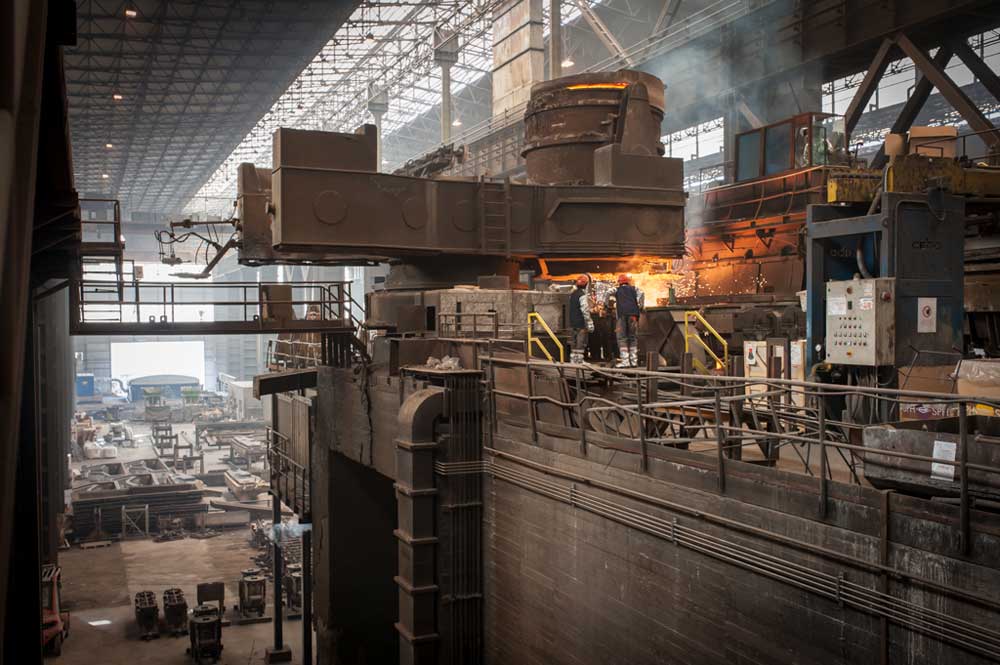
The Covid-19 pandemic has demonstrated that a company’s cost position is among the key factors for through-the-cycle competitiveness, with Russian steelmakers in a strong position, Fitch Ratings says.
“Leading cost positions of Russian steel producers has allowed them to sustain sales volumes and reasonable cash flow generation during lockdowns by enabling them to redistribute sales to exports, despite a drop in demand and prices,” the agency comments in a report seen by Kallanish.
Steel producers in Ukraine have higher costs than those in Russia but are competitive on export markets and benefit from their proximity to seaports, it adds.
Russian and Ukrainian steel companies rated by Fitch entered 2020 with comfortable financial metrics, leverage among the lowest compared to global peers, and high margins due to integration in raw materials. The companies also revised their capital expenditure and dividend pay-outs at the outbreak of the pandemic.
“We therefore expect only a short-term spike in leverage, returning to a comfortable level in 2021,” Fitch says. “We anticipate that earnings will remain below pre-pandemic levels as it will take longer for steel demand to recover despite the current upswing driven by low inventories and strong demand in China.”
Russian and Ukrainian companies generally score relatively low on diversification and share of high-value-added products because more than half of the production mix consists of commoditised types of steel, with the exception of dedicated pipe producers, the agency observes.
Fitch foresees, as steel markets remain structurally oversupplied and face weak demand growth, protectionist measures could intensify and affect exports of Russian producers and more export-oriented Ukrainian mills.
“A medium-term risk for steel exporters is the EU’s introduction of a carbon border tariff, which will affect most regional steel producers as they use carbon-intensive steelmaking and lack the emission-reduction plans of their European peers,” it concludes.





